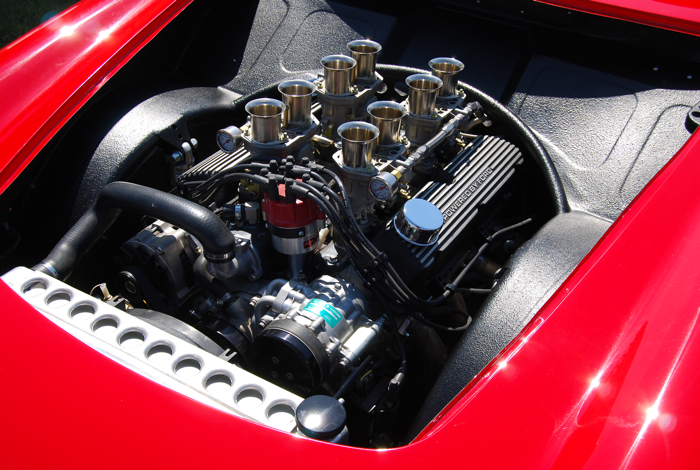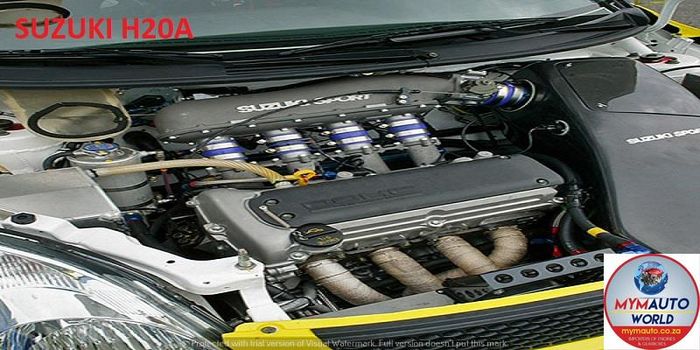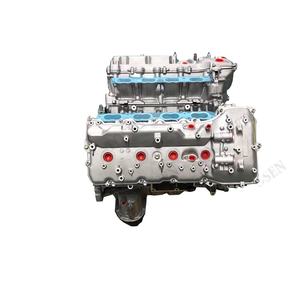Inexpensive Opel Corsa Engine Options for Your Budget plan
Inexpensive Opel Corsa Engine Options for Your Budget plan
Blog Article
Thorough Evaluation of the Mechanical Components of a Hatchback's Electric motor
Comprehending the intricate functions of a hatchback's motor is similar to unwinding an intricate puzzle where every piece plays an essential function in the overall performance of the lorry. opel corsa engine. From the synchronized motions of pistons and cyndrical tubes to the exact timing of camshafts and crankshafts, each part operates in harmony to power the lorry. What genuinely establishes a motor apart lies in the finer information - the fragile dancing of shutoffs and timing belts, the accurate shipment of gas with injectors, and the trigger that sparks it all through spark plugs. As we explore the inner functions of these mechanical wonders, a much deeper appreciation for the symphony of elements that drive a hatchback ahead emerges.
Pistons and Cylinders

The performance and performance of a hatchback's engine count heavily on the smooth operation of the cylinders and pistons. Routine upkeep and tracking of these elements are crucial to ensure optimum engine efficiency and long life.
Crankshafts and camshafts
Camshafts and crankshafts play vital duties in the operation of a hatchback's inner burning engine, assisting in precise timing and conversion of straight motion into rotational power. The camshaft, situated within the engine block, regulates the opening and closing of the engine valves at particular intervals. As the camshaft revolves, its wattles push versus the valves, permitting air and gas into the combustion chamber and eliminating exhaust gases. This process synchronizes with the movement of the pistons to ensure optimal engine performance.
On the various other hand, the crankshaft, attached to the pistons using connecting poles, converts the straight activity of the pistons into rotational motion. This rotational power is then moved to the transmission and eventually to the wheels, driving the car onward. The specific control between the camshaft and crankshaft is necessary for the engine to run efficiently and generate power effectively. Any kind of imbalance or breakdown in these components can cause engine efficiency concerns and possible damages. Normal upkeep and prompt replacements are necessary to make certain the smooth procedure of these vital engine components in a hatchback.
Valves and Timing Belts
Playing a crucial duty in the synchronization and procedure of a hatchback's interior burning engine, the shutoffs and timing belts operate in combination with the crankshafts and camshafts to guarantee ideal performance. Valves regulate the circulation of air and gas into the burning chamber while removing exhaust gases. The timing belt, also known as the cam belt, synchronizes the rotation of the camshaft and crankshaft, making sure that the valves open and close at the proper times in relationship to the piston placement. Proper timing is essential for the engine to function effectively and prevent damage as a result of disturbance between moving components.

Fuel Injectors and Ignition System
Gas injectors and ignition system are critical elements in a hatchback's engine system, responsible for the efficient shipment of gas and ignition of the air-fuel combination. Gas injectors play a crucial duty in the combustion process by precisely splashing fuel into the burning chamber Web Site at the appropriate minute and in the right amount. This controlled distribution guarantees optimal gas performance and power output. Modern hatchbacks commonly use digital fuel injection systems that can adjust fuel shipment based upon different variables such as engine speed, lots, and temperature.
Combined with gas injectors, ignition system are important for firing up the air-fuel combination within the engine cylinders. When the spark plug creates a high-voltage electric existing, it produces a trigger that fires up the pressed air-fuel blend, launching the burning process. Properly working stimulate plugs are vital for engine efficiency, gas effectiveness, and discharges manage. Routine inspection and upkeep of both gas injectors and trigger plugs are important to guarantee the engine operates efficiently visit the site and successfully.
Cooling System and Lubrication
Provided the critical function of preserving ideal engine performance and effectiveness in a hatchback, the air conditioning system and lubrication mechanisms are essential elements that guarantee proper working and longevity of the vehicle. The lubrication system in a hatchback consists of the oil pump, oil filter, and various lubricants that decrease friction within the engine. Together, the cooling system and lubrication mechanisms play a crucial function in keeping the hatchback's engine running efficiently and effectively.
Final Thought

Pistons and cylinders are important parts within the internal burning engine of a hatchback, liable for transforming fuel into mechanical power. The camshaft, located within the engine block, regulates the opening and closing of the engine shutoffs at details periods.Playing a vital duty in the synchronization and operation of a hatchback's inner burning engine, the valves and timing belts work in conjunction with the camshafts and crankshafts to make certain optimum performance.Fuel injectors and trigger plugs are crucial elements in a hatchback's engine system, accountable for the reliable distribution of fuel and ignition of the air-fuel mix. Modern hatchbacks typically make use of digital fuel shot systems that can change fuel delivery based on different aspects such as engine rate, temperature level, and lots.
Report this page